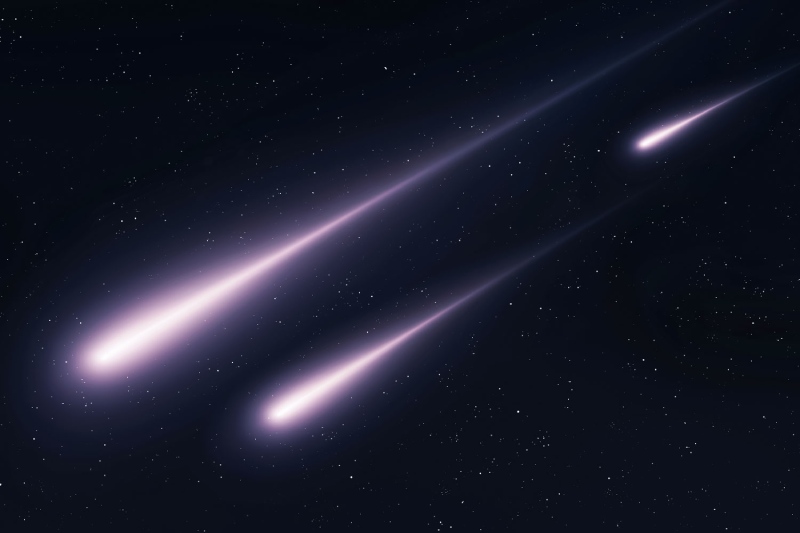This week marks the beginning of a new year of stargazing, with a major meteor shower that will climax a few days into 2024.
Every year, the Quadrantids meteor shower stretches out over many weeks in December and January, but it usually peaks around the start of the new year with a sudden, intense spectacle. The American Meteor Society predicts that in 2024, the Quadrantids will be at their most active overnight on the evening of January 3 and into the early hours of January 4. For watchers in North America, the best meteor rates are expected between 1 and 5 a.m.
The Quadrantids shower, which can produce over 100 meteors per hour when perfect conditions are met, is sometimes disregarded due to its short peak and the fact that it occurs during a season that isn’t always conducive to excellent stargazing conditions. Additionally, some meteors may be obscured by the increased light in the sky on this year’s peak night because the moon will only be about half full. However, as this shower is known for producing fireballs, skywatchers may still be treated to up to 20 meteors per hour under clear skies, according to the AMS.
Meteors, also referred to as “shooting stars,” are streaks of light in the sky that form when asteroidal or comet fragments collide with Earth’s atmosphere. The “peak” of a meteor shower occurs when Earth passes through a broad band of these space pieces, and it usually occurs when our planet is expected to encounter the highest concentration of meteors.
According to the astronomy website EarthSky, the primary parent object of the Quadrantids in this instance is an asteroid known as 2003 EH1, which is thought to be a dormant or defunct comet. Similar to other meteor showers, the Quadrantids are called for the constellation from where they appear to have originated. However, the Quadrans Muralis, an outdated constellation that is not recognized by the International Astronomical Union as one of the 88 contemporary constellations, is the source of the Quadrantids’ namesake.
Remember that until the Lyrids light up the skies in April 2024, this is the final major meteor shower, so those who are serious about stargazing might want to go above and beyond to witness the peak of the Quadrantids.
Topics #Quadrantids meteor shower #Shooting Stars










